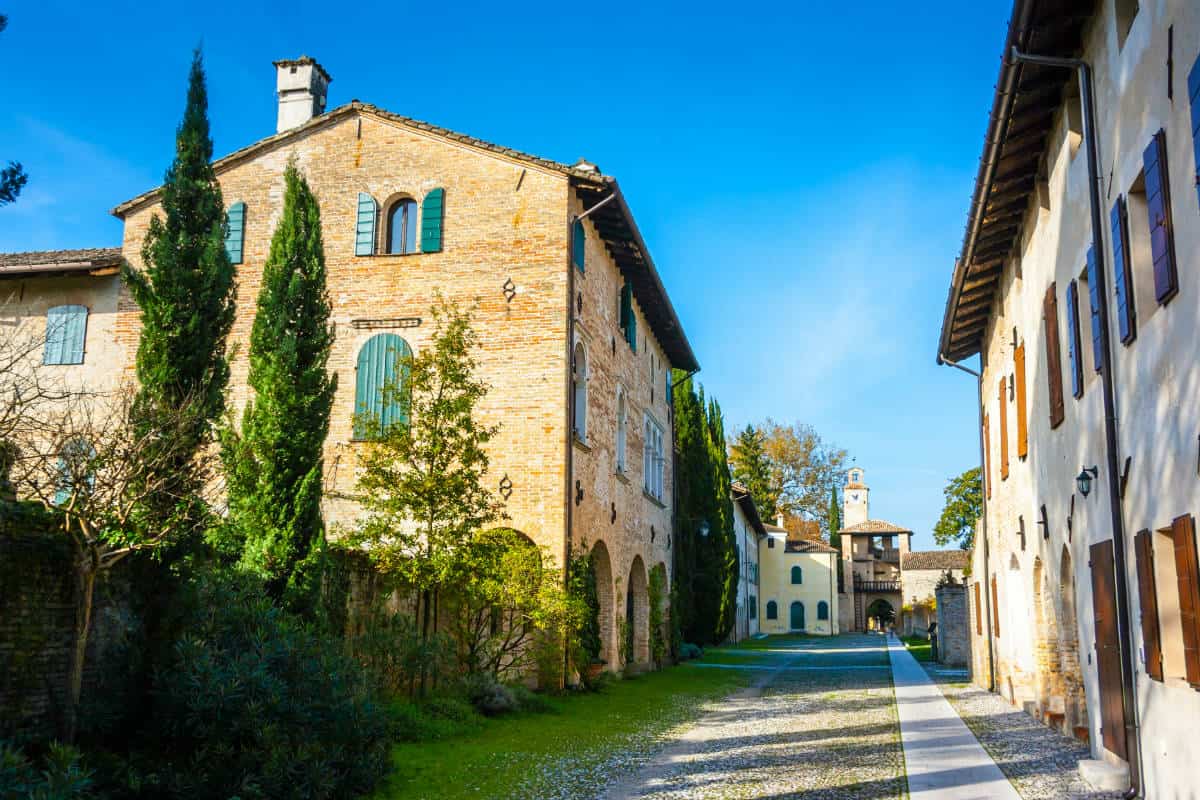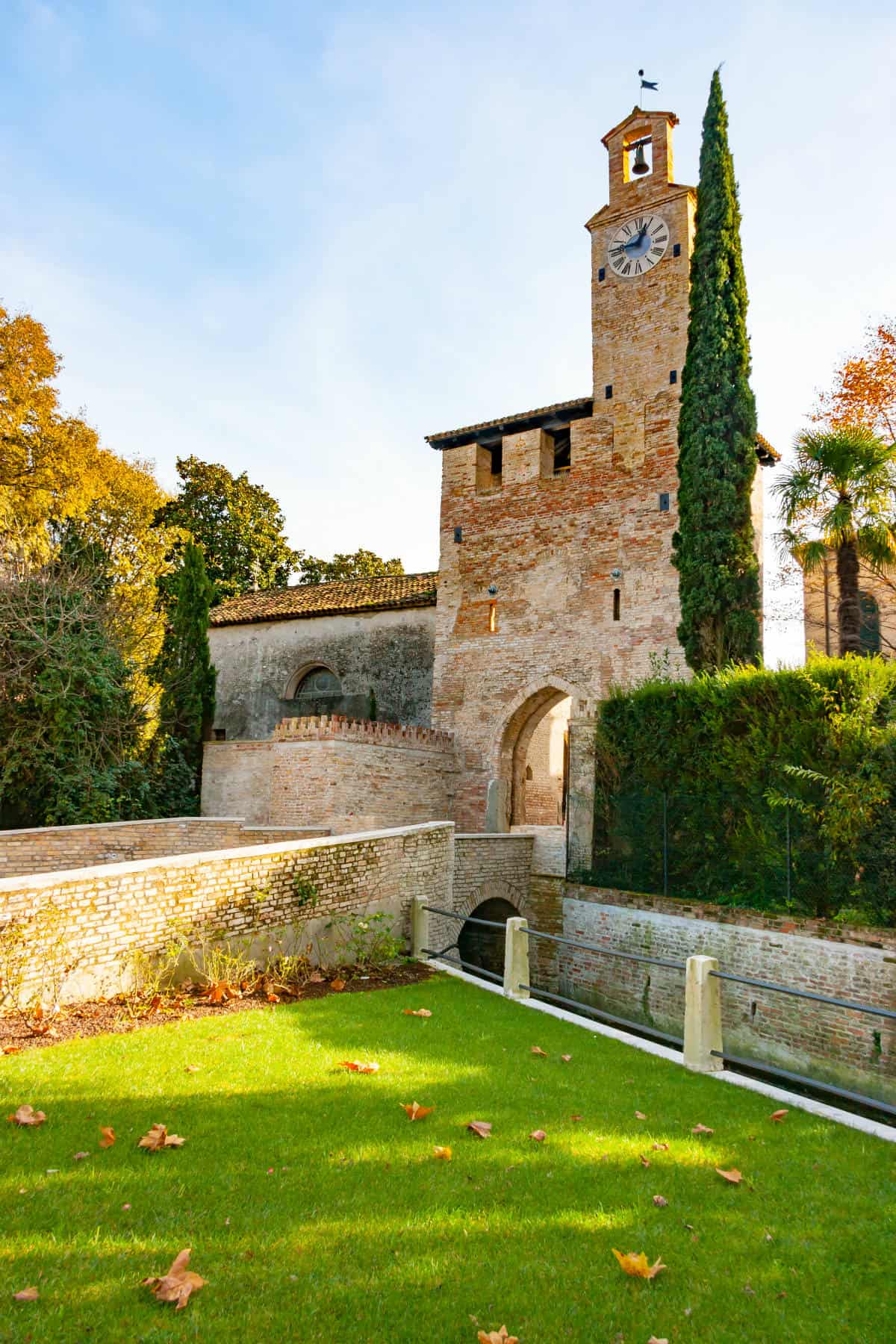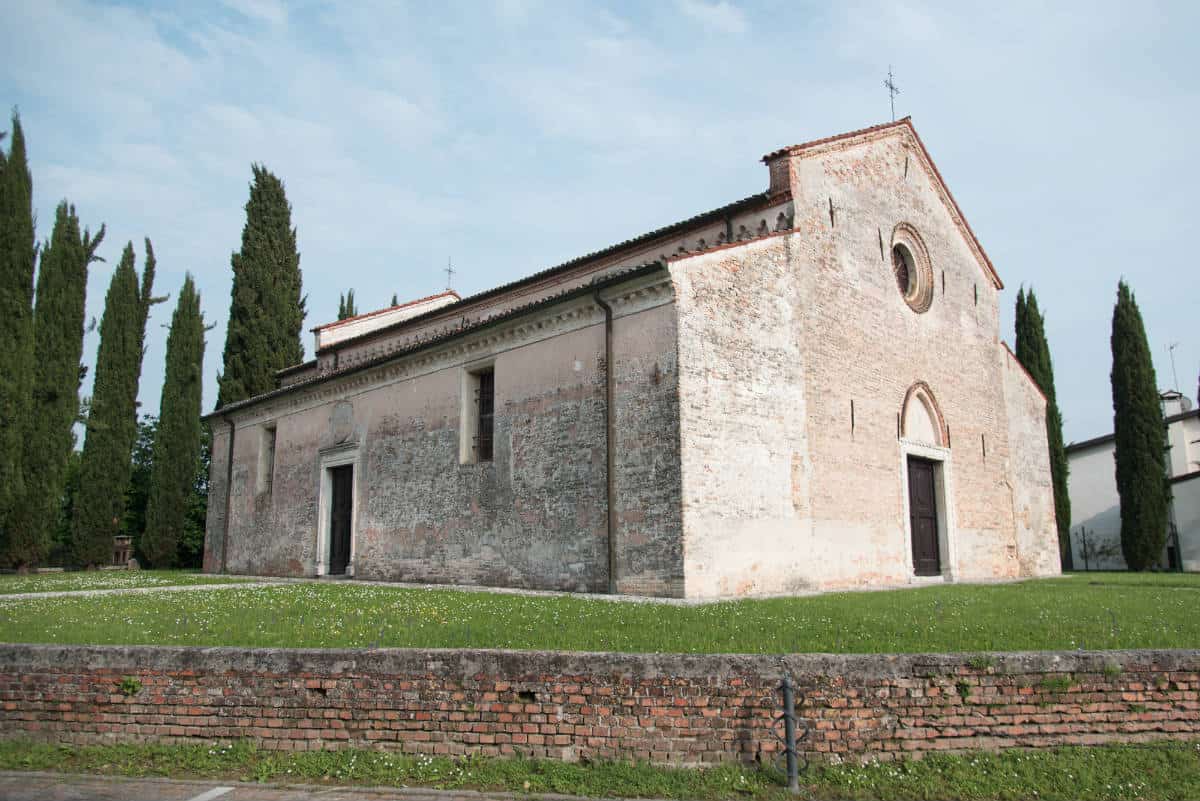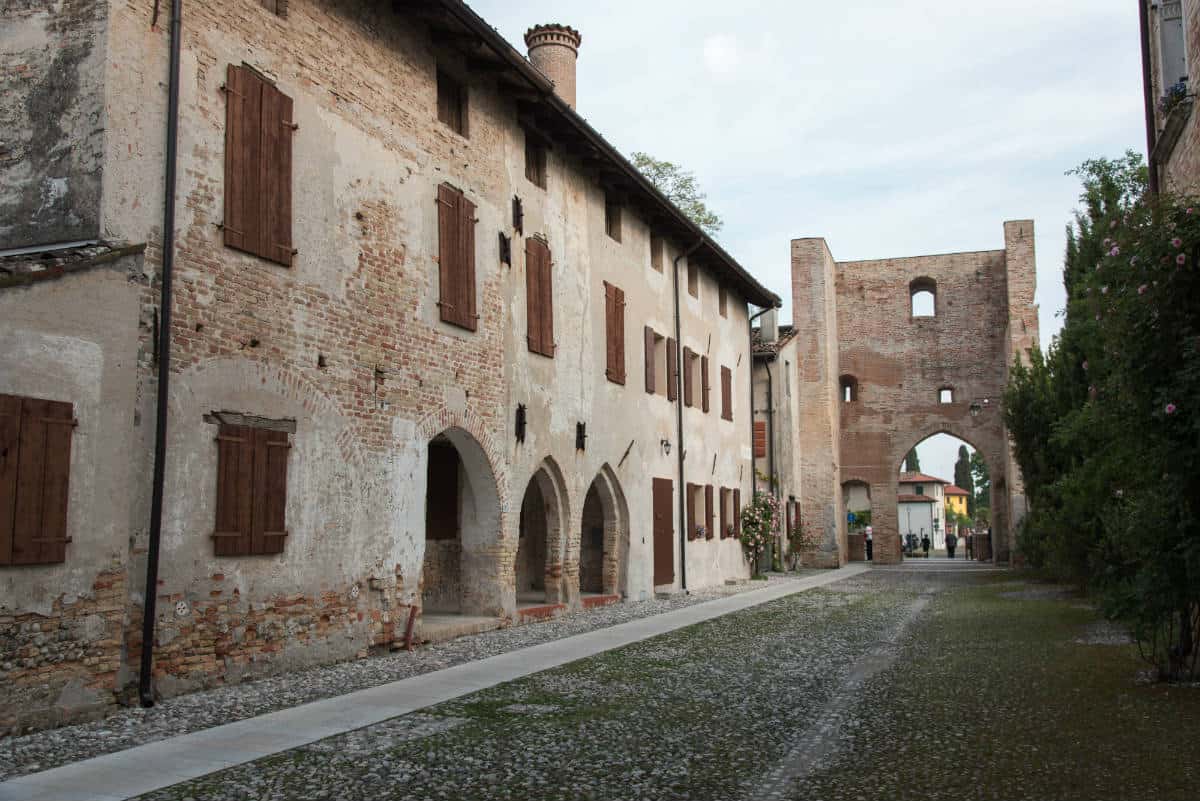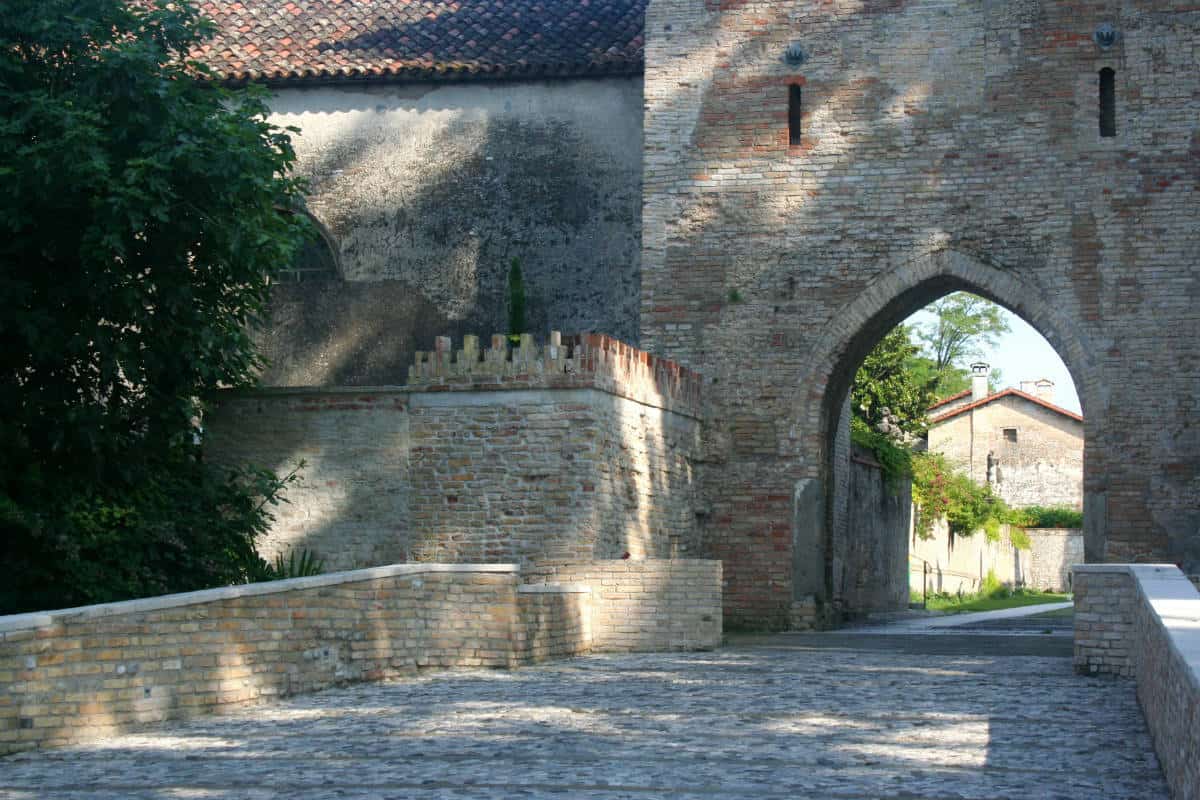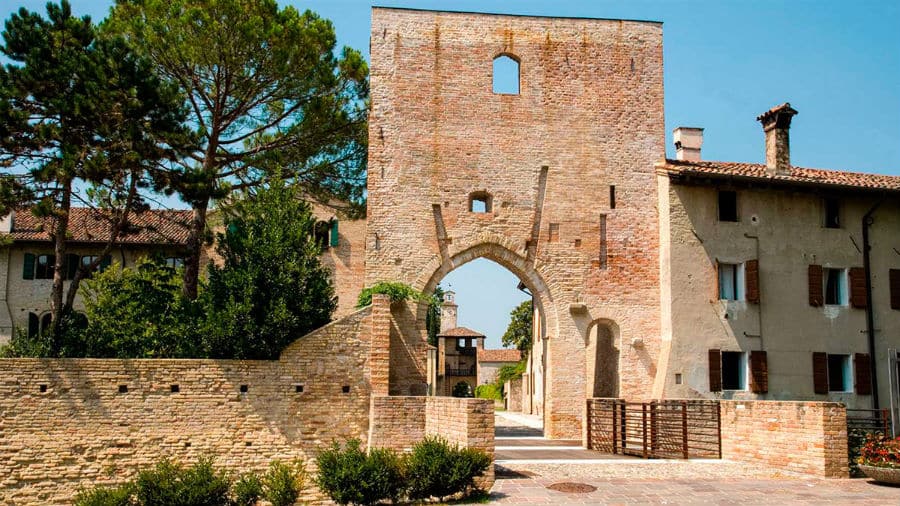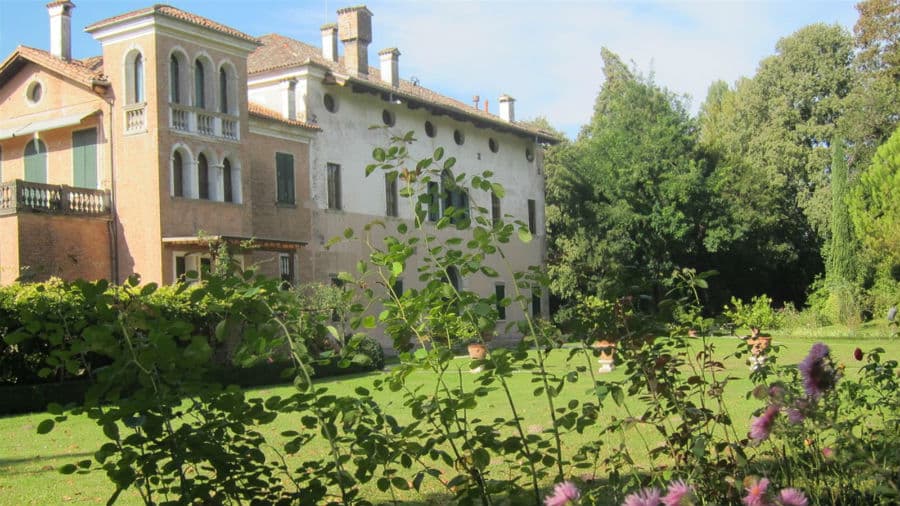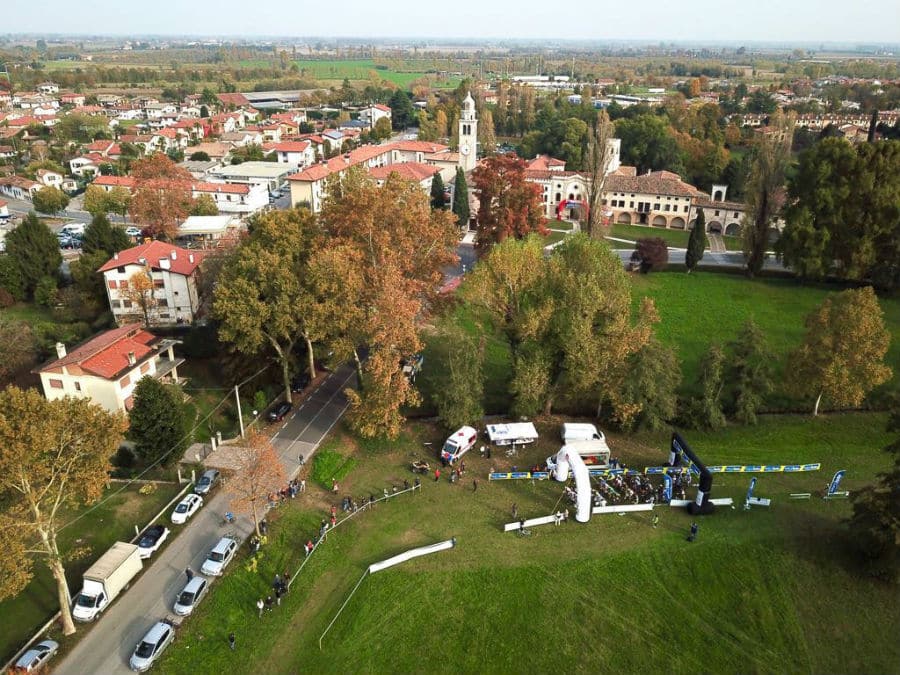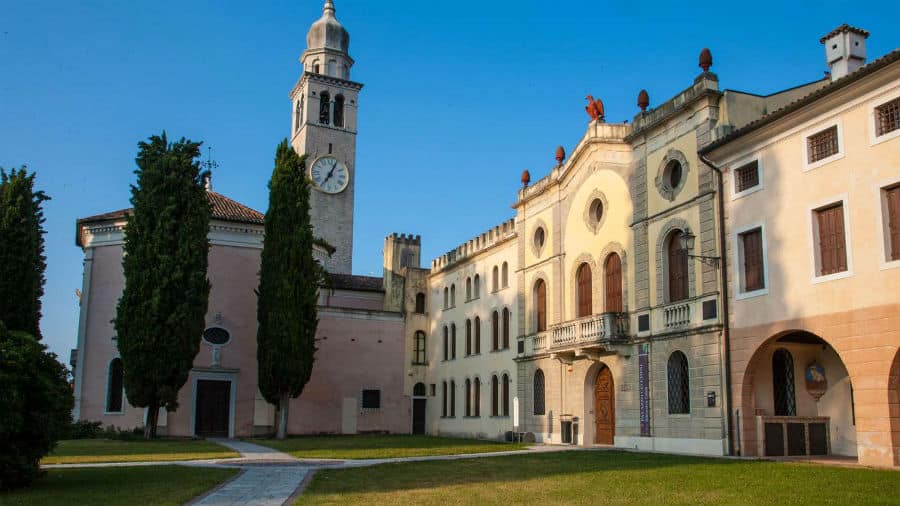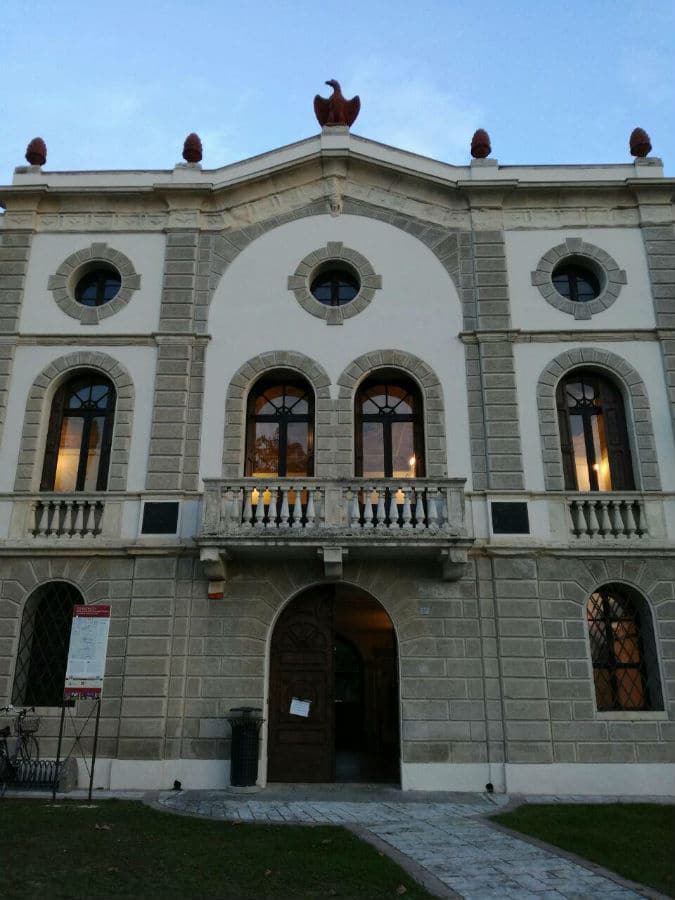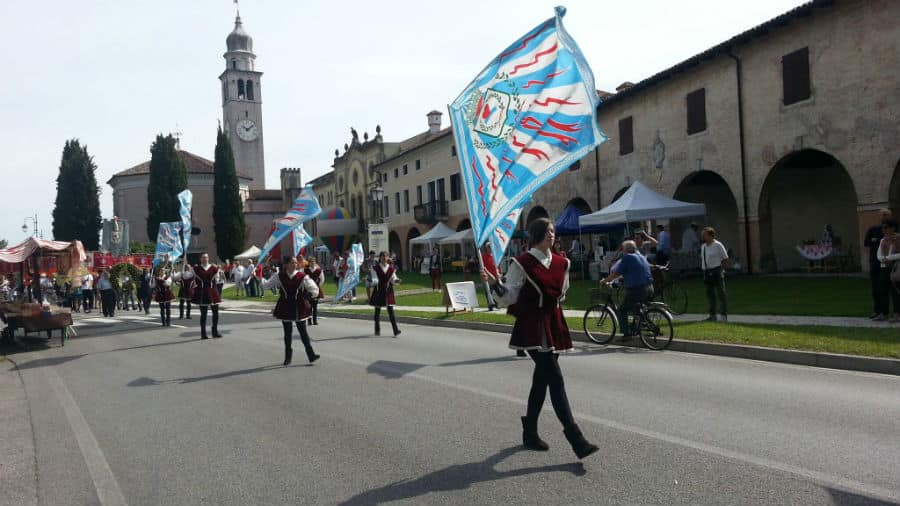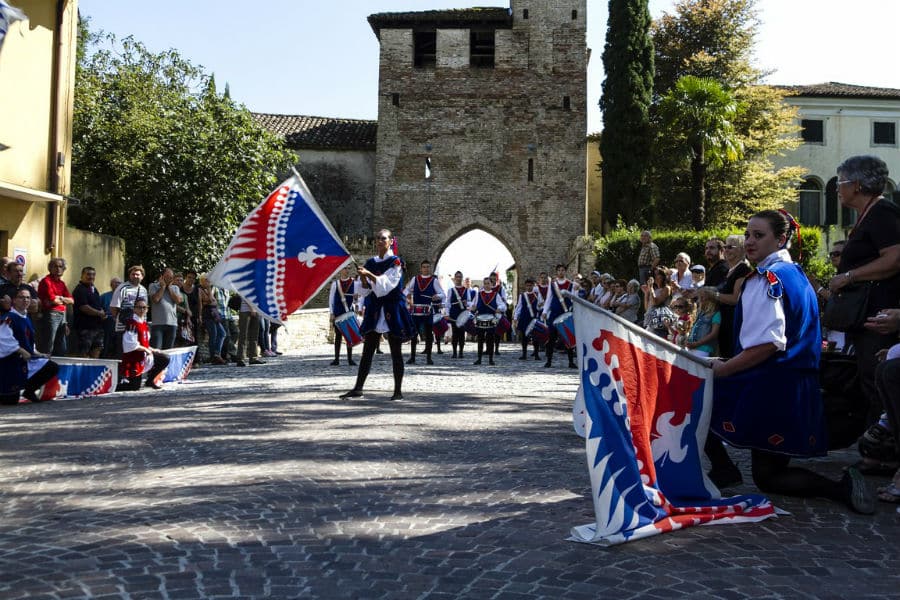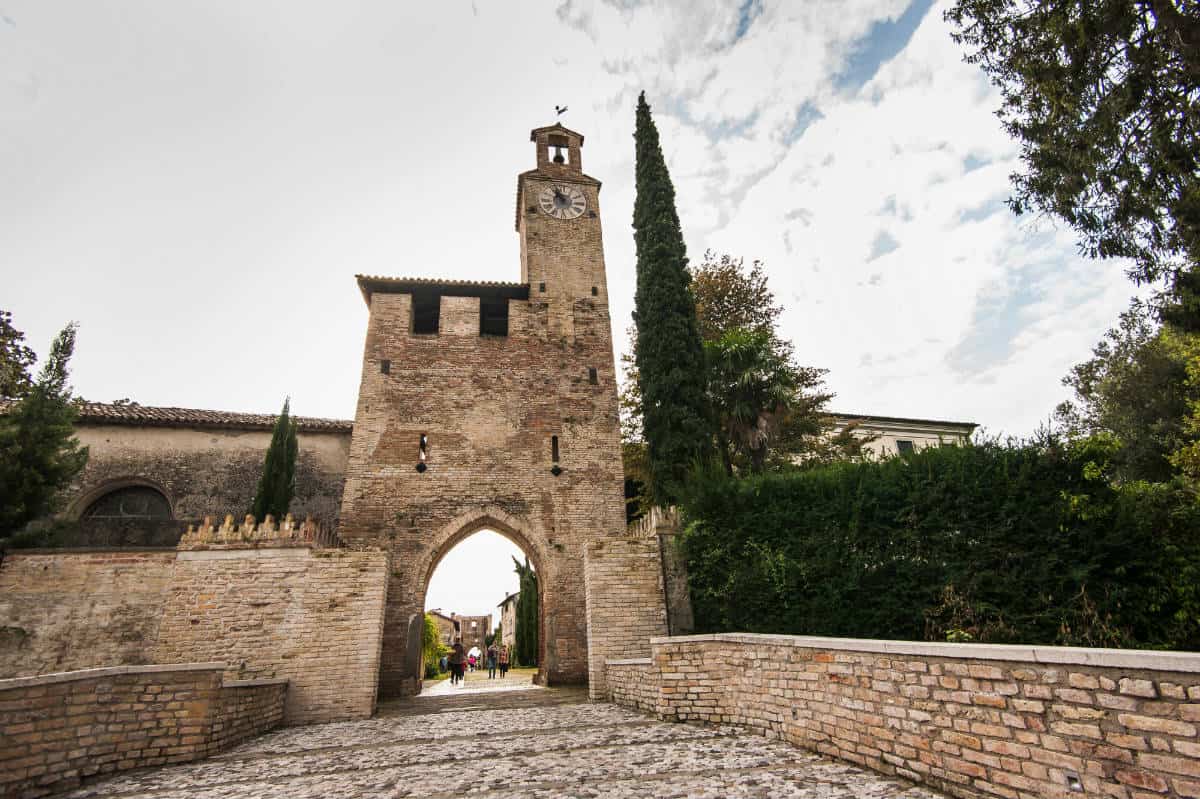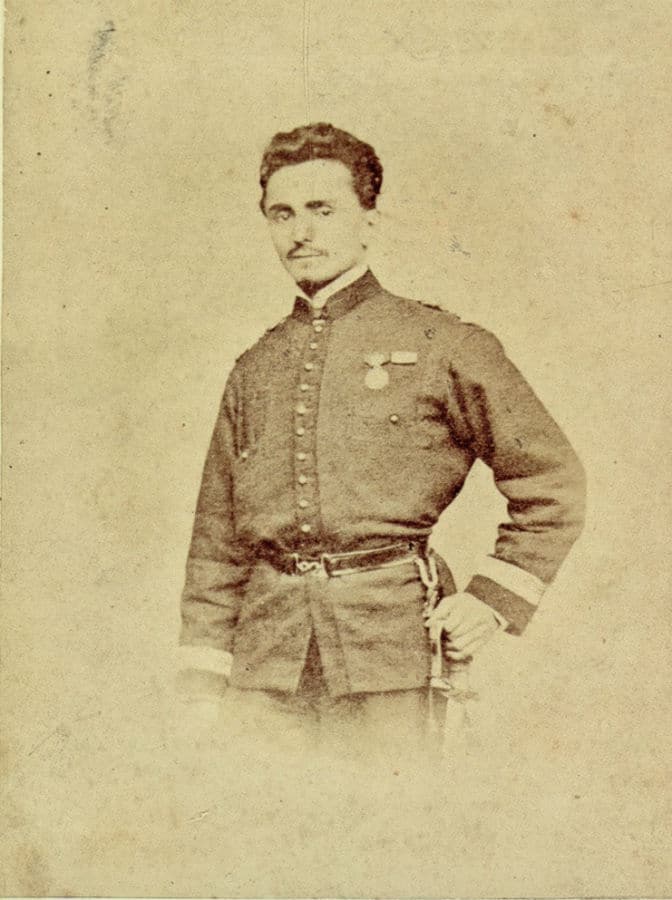The village of Cordovado, located in the province of Pordenone, is an enchanting example of how history, art and nature can intertwine in a beautiful setting. Cordovado's origins are lost in time, but its settlement is believed to have occurred on an ancient Roman castrum, protecting a strategic ford along the Via Augusta, the famous road that connected Roman Concordia Sagittaria to Norico. The very name of Cordovado, derived from "Curtis de Vado," refers to an agricultural complex that stood near a ford on the Tagliamento River, a now vanished branch of the river.
The first written record of Cordovado dates back to 1186, but it is clear that the village already had its own life and well-structured community. For centuries, Cordovado was under the rule of the bishops of Concordia, who made it their summer residence and governed it through a gastaldo, a figurehead of local justice and administration. The community of Cordovado enjoyed a degree of autonomy, as evidenced by the Statute of 1337, which gave it criminal jurisdiction and civil rights.
The town has gone through significant historical moments, such as the siege by Carraresi troops in 1387 and the siege by Venetian forces in 1412, during a conflict with the Hungarians. In 1420, Cordovado came under the rule of the Republic of Venice, which retained the bishop's rights, elevating the village to the rank of marquisate. This complex history left an indelible imprint on the architectural and cultural fabric of the locality.
The vestiges of the ancient fortifications are still visible and tell stories of a tumultuous past. The medieval walls, with their moat and gate towers, are the result of alterations and extensions between the seventeenth and nineteenth centuries. The northern tower, also known as the Clock Tower, retains wooden stairs and walkways inside, while the southern still has the posterla. These architectural elements testify to the ingenuity of medieval builders and their desire to protect the community.
Prominent among Cordovado's artistic wonders is the ancient Cathedral of St. Andrew, a fine example of Romanesque architecture. The portal, dated 1477, leads to an interior rich in frescoes, including those in the apse created by Gianfrancesco da Tolmezzo in the 16th century. This church represents an important spiritual and cultural landmark for the local community.
North of the village, the Sanctuary of Our Lady of Grace, built in 1603, is a true jewel of Baroque art. Its octagonal plan and magnificently carved and gilded ceiling by Cataldo Ferrara are just some of the marvels to be seen inside. The painted ovals by Antonio Carneo, with figures of Sibyls and Prophets, and the stucco statues by Andrea dell'Aquila further enrich this place of worship.
Cordovado is also a place that has inspired great literary figures, including Ippolito Nievo, whose novel "The Confessions of an Italian" opens with scenes set in this enchanting location. In 2004, Cordovado was recognized as one of the "Most Beautiful Villages in Italy," a title that celebrates its beauty and cultural heritage. Every first Sunday in September, the village hosts the "Palio dei Rioni," a historical re-enactment that involves the inhabitants and attracts visitors from all over.
The surrounding landscape is another element that makes Cordovado a special place. The rolling hills and vineyards surrounding the town offer enchanting scenery and the opportunity for nature walks. This combination of history, art, and natural landscape creates a unique atmosphere that invites visitors to explore and discover the wonders of a rich and fascinating past.
Cordovado is, without a doubt, a treasure of Friuli Venezia Giulia, a place where time seems to stand still, allowing visitors to immerse themselves in a dimension of beauty and serenity.


